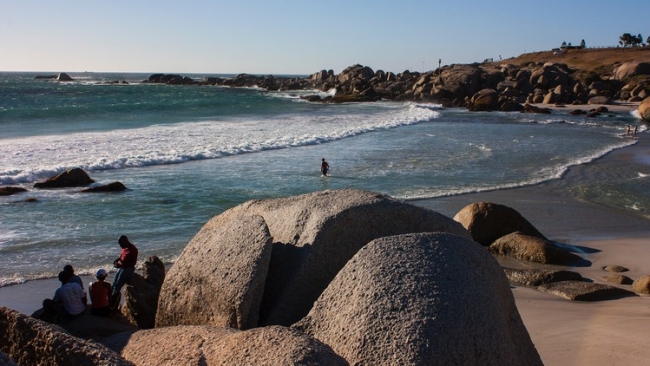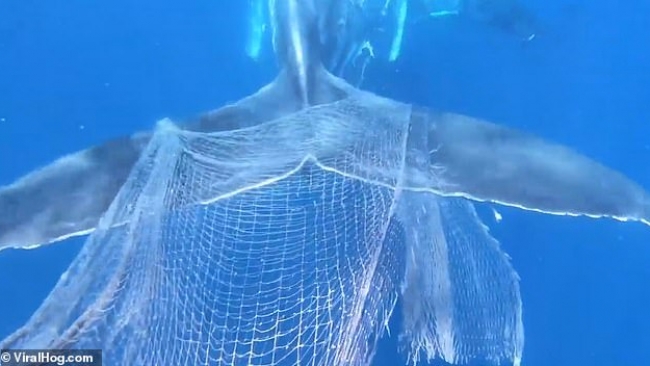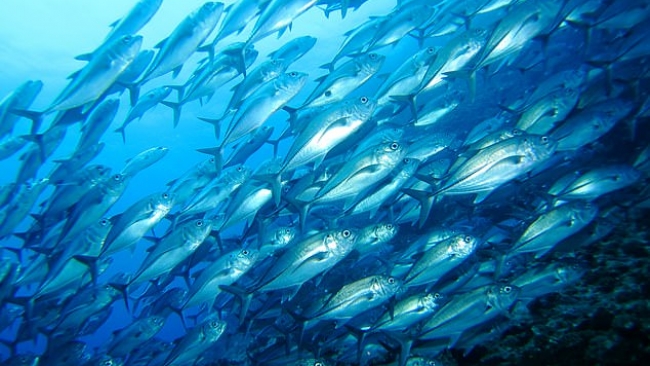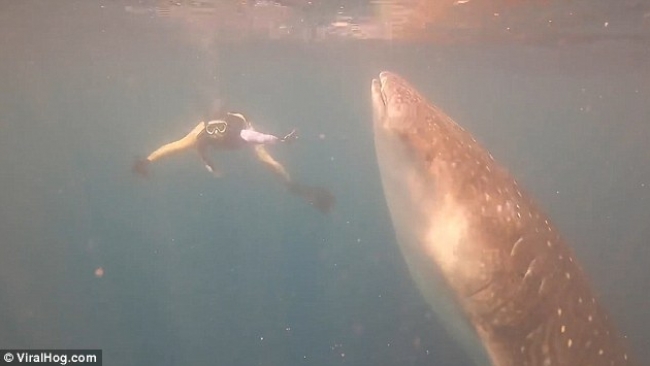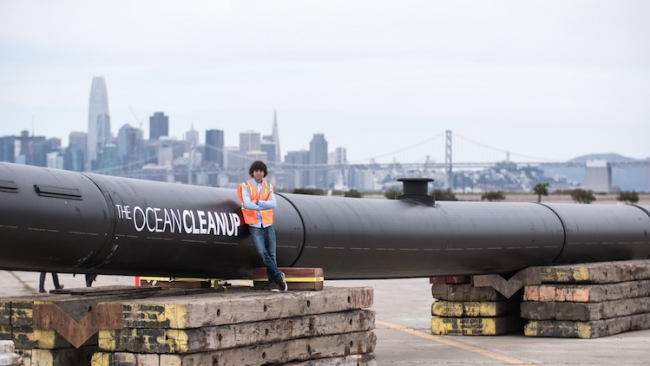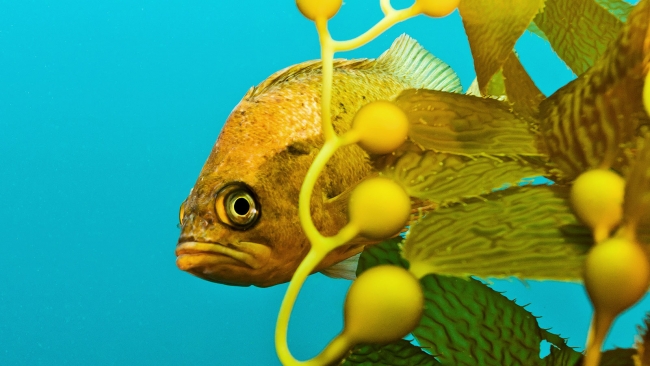New Galápagos Sanctuary Has World’s Highest Abundance of Sharks

A new sanctuary now protects the unique marine life around the Galápagos Islands, including the highest abundance of sharks known in the world.
Ecuador’s president, Rafael Correa, announced creation of the marine sanctuary Monday, together with 21 smaller conservation areas scattered through the volcanic archipelago, protecting over 18,000 square miles (47,000 square kilometers), or about one third of the water around the Galápagos Islands (which Ecuador administers). The new sanctuary alone encompasses 15,000 square miles (40,000 square kilometers) and extends around the northern Galápagos islands of Darwin and Wolf.
A World Heritage Site because of their unique biodiversity and inspiration for Charles Darwin’s theory of evolution, the Galápagos Islands already had 97 percent of their landmass protected as a national park. However, less than one percent of the surrounding water was fully protected. As a result, legal and illegal fishing have been taking a rising toll on wildlife over the past few years, says Enric Sala, a National Geographic Explorer-in-Residence who led a Pristine Seas expedition to the area in December.
But now, “Ecuador has shown tremendous leadership by protecting one of the most globally valuable places in the ocean,†says Sala, who heads the Pristine Seas project (which studies and helps protect wild ocean places).
Fishing will no longer be allowed in the new sanctuary and conservation zones. Mining or oil drilling also won’t be allowed, although there hasn’t been recent interest from industry in the area.
Upon creation of the sanctuary, Correa said, “The Galápagos Islands have extraordinary ecological value, and also economic value. The government of Ecuador supports the creation of a marine sanctuary to leave an inheritance to our children and our children's children; a wonderful world where as many species as possible are preserved for the enjoyment and knowledge of future generations.â€
Rich Sea Life
The ocean off the Galápagos is an unusually productive ecosystem, thanks to the convergence of four major currents and upwelling of nutrient-rich waters, says Sala. The islands of Darwin and Wolf, in particular, contain a high abundance of sharks, from migratory hammerheads to reef sharks. (See photos of underwater animals off the islands.)
According to a new study by Pelayo Salinas of the Charles Darwin Research Station, Sala, and colleagues, fish biomass there is on average 17.5 tons per hectare. That’s about twice as high as the second highest area known to science, the nearby Cocos Island National Park, Costa Rica.
Yet the diversity in the Galápagos has been under siege from pirate fishers, who often sell shark fins on the Asian black market. Sharks have shown declines in some areas of the islands, as have groupers and sea cucumbers, which have also been targeted.
But in protecting the natural resource, “Ecuador has also protected a significant economic engine,†says Sala.
Proving the point, a new study by the National Geographic Society’s Pristine Seas project and the University of California, Santa Barbara found that each shark in the Galápagos is worth about $5.4 million over its lifetime, thanks to interest from the booming diving and tourism industry. A dead shark, in contrast, only fetches about $200 to the fishermen. Marine-based tourism supports more than a third of all jobs in the Galápagos Islands, bringing in $178 million per year.
Further, the large no-fishing zone will benefit the fishermen who will still be allowed to fish waters outside the sanctuary, says Sala. “We know that well enforced no-take zones result in spillover of fish that increases fishermen’s incomes,†he says.
All this makes the new sanctuary a win-win, says Sala.
Source: Brian Clark Howard
Wed 30 Mar 2016 at 09:37
